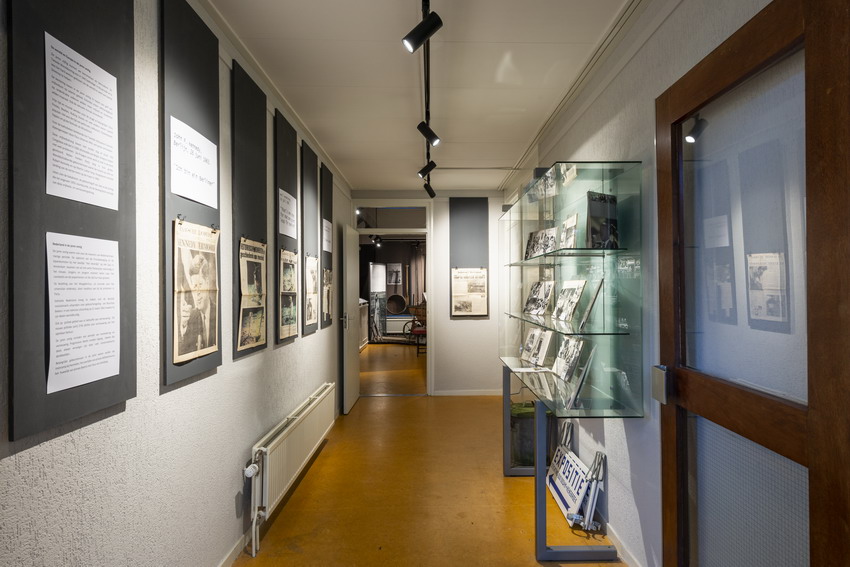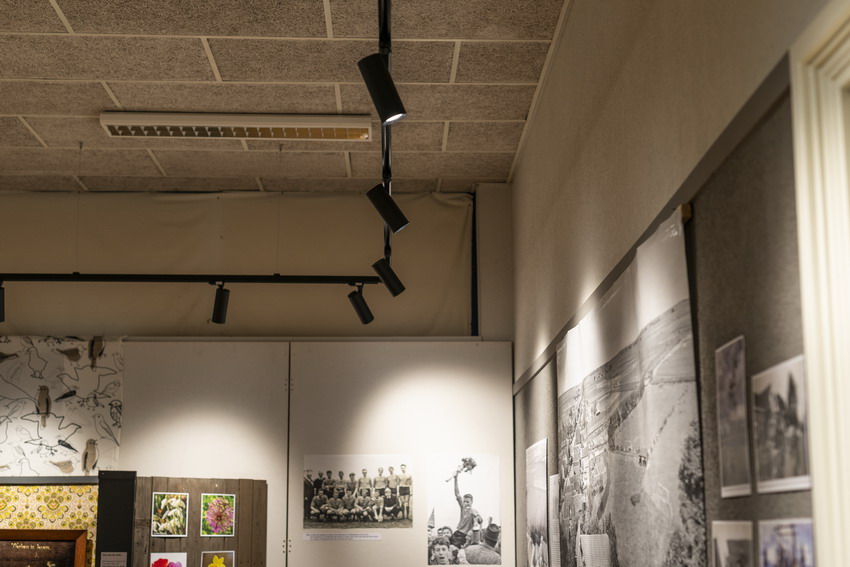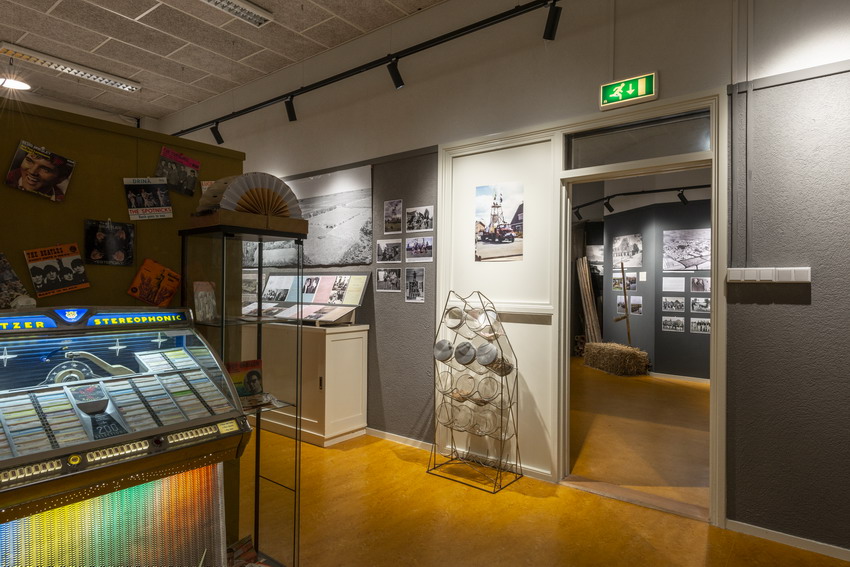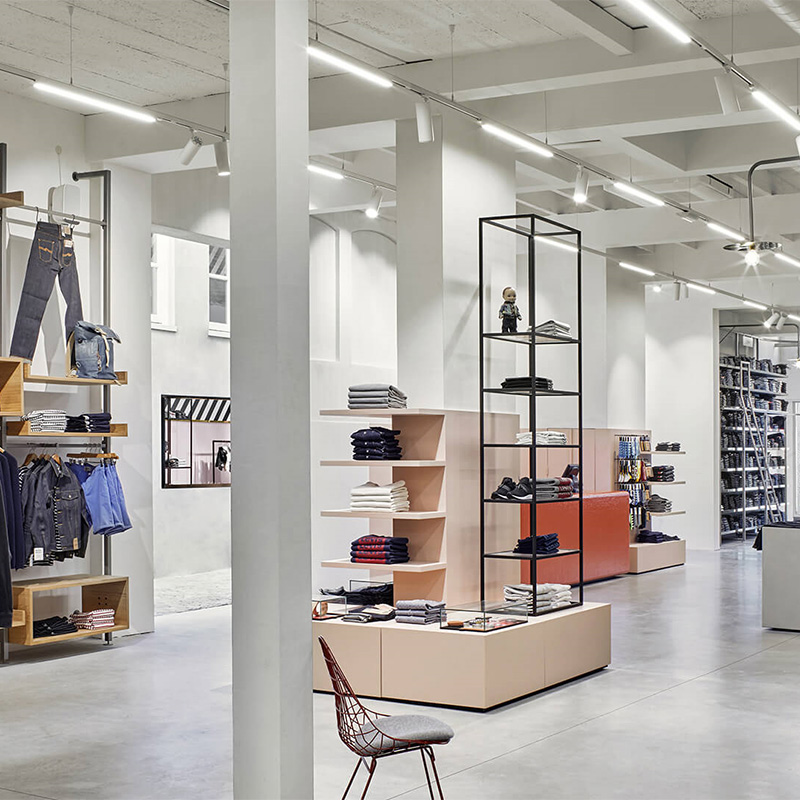Exhibition lighting
- Aug-30-2023
- 765 visits



Exhibition lighting refers to the lighting techniques and fixtures used to illuminate artworks, exhibits, displays, or installations in museums, art galleries, trade shows, and other exhibition spaces. The primary goal of exhibition lighting is to enhance the visual experience, showcase the exhibits effectively, and create an engaging and immersive environment for visitors.
Exhibition lighting serves several important purposes as below :
Accentuation and Focus: Lighting plays a crucial role in drawing attention to specific objects or artworks within an exhibition. By using focused and directional lighting, curators can highlight key elements, details, or focal points of the exhibits, guiding the visitor's gaze and emphasizing their significance.
Color Rendering and Accuracy: Proper exhibition lighting is essential for accurate color rendering and the faithful representation of artworks. Lighting fixtures with high color rendering properties, such as a high CRI (Color Rendering Index), are used to ensure that the colors and textures of the exhibits are displayed as intended by the artist or curator.
Contrast and Dimension: Lighting can be used strategically to create contrast and enhance the three-dimensional qualities of exhibits. By carefully controlling the light levels and angles, exhibition lighting can emphasize texture, depth, and the play of light and shadow, adding visual interest and depth to the artworks.
Preservation and Conservation: Lighting in exhibitions needs to consider the preservation and protection of delicate artworks, historical artifacts, or sensitive materials. Careful selection of lighting fixtures, including UV filters and low heat emission, helps minimize the potential damage caused by UV radiation or heat exposure over time.
Flexibility and Adaptability: Exhibition lighting often requires flexibility to accommodate changing exhibits or temporary installations. Lighting systems with adjustable fixtures, track lighting, or movable lighting structures allow for easy repositioning and customization to suit different layouts or artistic requirements.
Energy Efficiency: Exhibition spaces strive to be energy-efficient and sustainable. LED lighting has become the preferred choice for exhibition lighting due to its high energy efficiency, long lifespan, and low heat emission. LED fixtures offer precise control over lighting levels, color temperature, and dimming capabilities, allowing for energy-saving measures while maintaining optimal lighting quality.
Lighting Control and Automation: Implementing lighting control systems in exhibition spaces offers flexibility and efficiency in managing lighting levels, scheduling, and creating dynamic lighting effects. Automation features, such as motion sensors or programmable lighting sequences, can be utilized to conserve energy during non-operating hours or create immersive lighting experiences for visitors.
Safety and Accessibility: Adequate lighting is crucial for visitor safety and accessibility within exhibition spaces. Well-lit pathways, signage, and display areas ensure clear visibility and minimize potential hazards. Consideration should be given to lighting levels that accommodate different visual needs, including those with low vision or disabilities.
Exhibition lighting requires a thoughtful and tailored approach that considers the specific requirements of the exhibits, the artistic intentions, and the visitor experience. By employing proper lighting techniques, fixtures, and controls, exhibition spaces can create engaging and memorable experiences that effectively showcase the exhibits while preserving their integrity.








